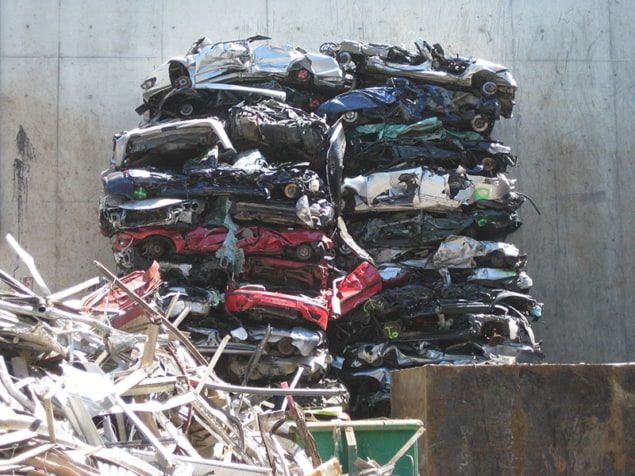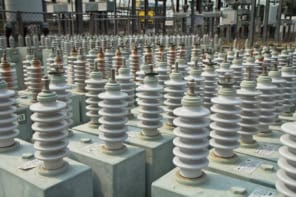
Europe’s vehicles could be an “urban mine” for scarce and critical metals, with around 20 tonnes of gold discarded in scrapped vehicles each year. That’s according to the Prosum project, which created the Urban Mine Platform database of metals in vehicles and electronic and electrical equipment.
Europe is highly dependent on imports of metals such as gold, cobalt and lithium for batteries, mobile phones, electronic gadgets and vehicles. In 2015 Europe’s vehicle fleet contained around 400 tonnes of gold.
“These metals are required for the ongoing transition to greener technologies, such as electric cars, solar cells, LED lighting and wind power, so any supply risks are a strategic and economic problem for the EU,” said Maria Ljunggren Söderman of Chalmers University of Technology, Sweden. “What’s more, these are finite resources that must be used in a sustainable way.”
Ljunggren Söderman assessed the 260 million light-duty vehicles in Europe’s vehicle fleet. The quantities of critical and scarce metals have increased substantially, she found, and vehicles also now include many new metals.
“This is mainly because we are constructing increasingly advanced vehicles, with a great deal of electronics, lightweight materials and catalytic converters,” she said. “The increase in the numbers of electric vehicles adds to this development, even though they so far represent a small proportion of the vehicle fleet.”
By 2020, for example, there could be nearly 18,000 tonnes of the rare earth metal neodymium in vehicles, nine times the amount in the year 2000.
“Our calculation shows that the quantity of gold in end-of-life vehicles is now in the same order of magnitude as the quantity in electrical and electronic scrap,” said Ljunggren Söderman. “This is an increase that cannot be ignored.”
In the EU, Norway and Switzerland about 10 million tonnes of electrical and electronic equipment and 2 million tonnes of batteries are disposed of as waste each year, while 14 million tonnes of vehicles leave the fleet.
The EU has regulations for recycling precious metals from electrical and electronic equipment but not from vehicles. It’s difficult to recycle scarce metals from cars as they tend to be spread out in small quantities – a new vehicle may contain a couple of grams of gold in total, in several tens of components.
“There are clear economic values here that I don’t think people have realised the extent of,” said Ljunggren Söderman. “Automotive manufacturers and the recycling and material industries need to work together to ensure that something happens. It must be possible to do more than at present – after all, this has been achieved with electrical and electronic equipment.”
The researcher added, however, that gold is a comparatively low-hanging fruit and the prospects for recycling other critical and scarce metals are significantly less favourable – from both electrical and electronic equipment and vehicles. “If we want to alter this, policy changes may be necessary,” she said.
Ljunggren Söderman presented her findings at the IEA Experts’ Dialogue on Material Trends in Transport.



